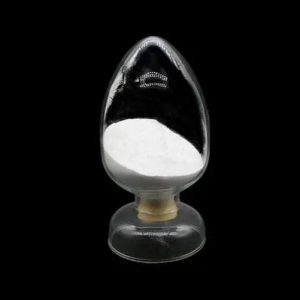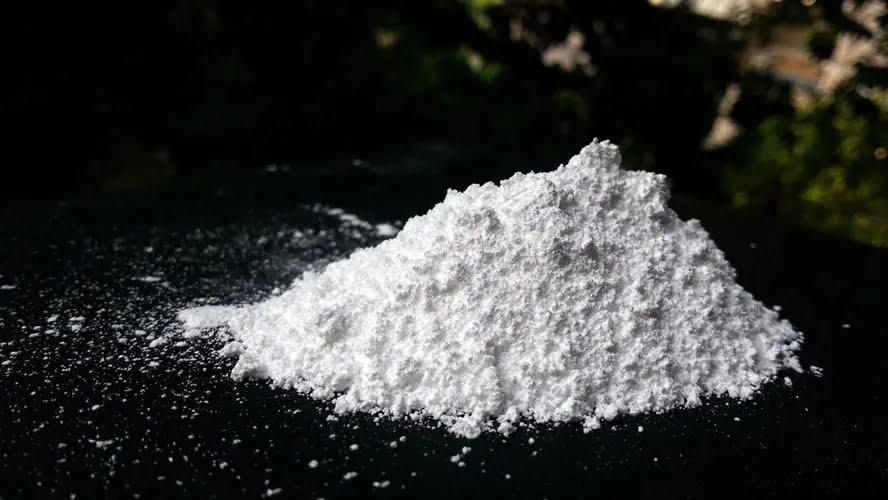PTFE Micro Powder Produce Toxic Gases At High Temperatures?

PTFE micro powder is a chemical substance that is widely used in various fields such as chemistry, mechanics, medicine, textiles, and food industries. It can be added to lubricating oils and greases to reduce friction and further enhance lubrication functions. When added to rubber, plastic, and metal alloys, PTFE micro powder can increase the product’s corrosion resistance as these materials are not resistant to corrosion and have significant defects. Adding PTFE micro powder can extend the product’s lifespan.
Will PTFE powder produce toxic gases at high temperatures?
PTFE micro powder is a white powdery substance with high chemical stability and extremely strong high-temperature resistance. However, we all know that chemical substances can change due to a series of changes. Will PTFE micro powder undergo any changes at high temperatures? Will it produce toxic gases at high temperatures? Let’s understand how to use this substance correctly.
First of all, PTFE micro powder is an inert substance with high chemical stability. It is not easily changed or decomposed. It is often used as a substitute for implanted tissues in the medical industry and can fuse with various substances without being easily rejected, making it easy to use in blends. Therefore, under normal high temperatures, PTFE micro powder does not produce toxic substances. However, it is still a chemical substance, and high temperatures will still cause PTFE to undergo slight changes. PTFE micro powder will soften slightly at 190 degrees Celsius and melt completely at around 327 degrees Celsius. It will gradually decompose and produce toxic substances only above 400 degrees Celsius.
Secondly, at high temperatures above 400 degrees Celsius, PTFE micro powder will produce a small amount of highly toxic octafluoroisobutene. If inhaled accidentally, it can cause symptoms such as dizziness, nausea, and chest tightness, and in severe cases, it can cause acute pulmonary edema and harm to health.

In general, PTFE micro powder can be used normally below 260 degrees Celsius. At 260 degrees Celsius, PTFE micro powder can still maintain its rigid state. Above 260 degrees Celsius, changes will occur. In daily use, excessively high temperatures will not be generated, even during cooking in daily life, and the temperature will not exceed 170 degrees Celsius. Therefore, various materials such as plastics, rubber, and metals that contain PTFE micro powder can be used normally in daily life. In most cases, the harm to the human body from materials containing PTFE micro powder can be ignored.
Therefore, PTFE micro powder does not produce toxic substances under normal high temperatures, only under specific temperatures.

Leave a Reply